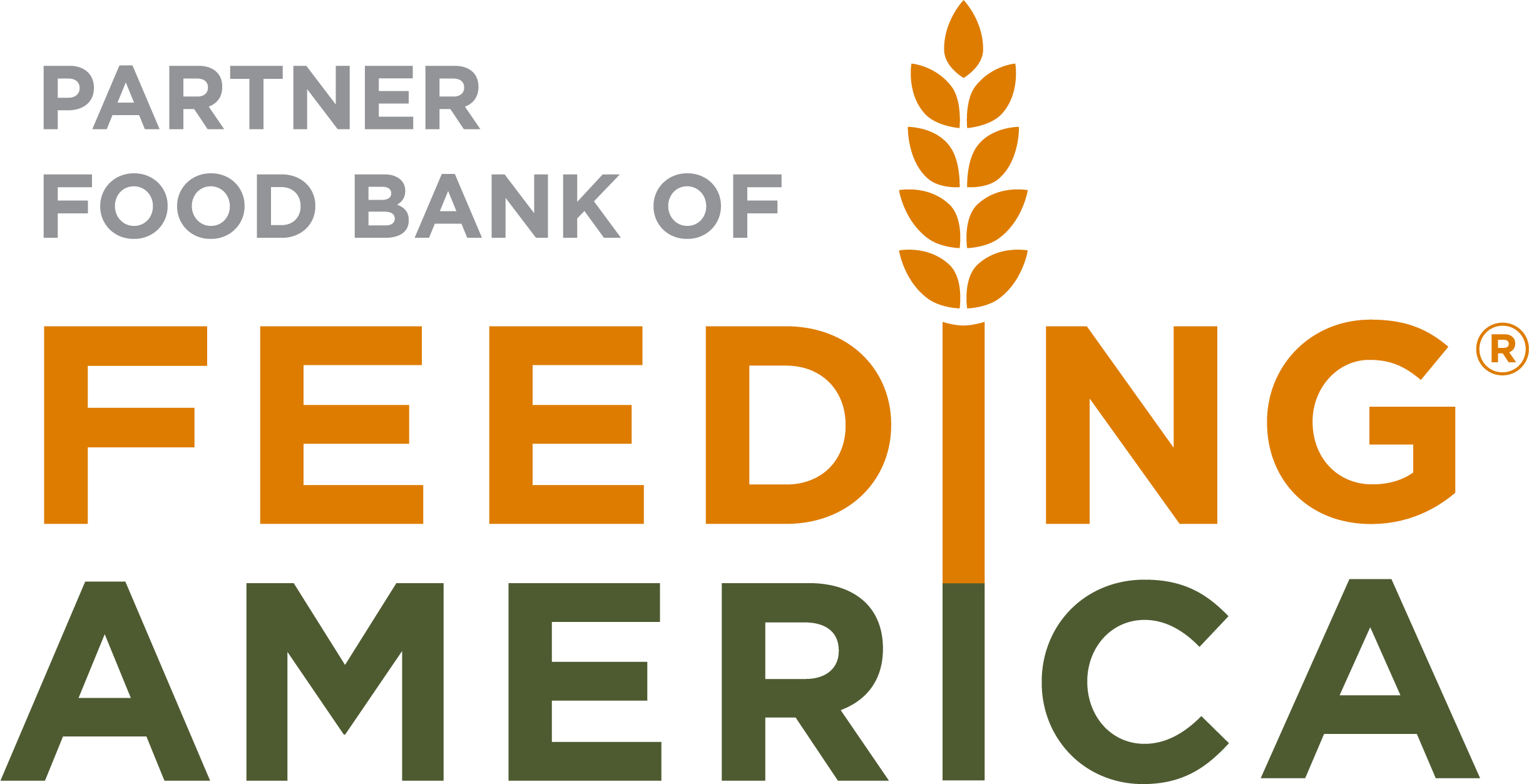Food insecurity is a complex issue that affects approximately 40,000 in Larimer County. That means people—including some you know personally—regularly experience fear and anxiety about whether they will go to bed hungry or have to choose between paying their bills or buying food.
But what is food insecurity, exactly? According to Feeding America, it’s defined as, “A lack of consistent access to enough food for every person in a household to live an active, healthy life. This can be a temporary situation for a household or can last a long time. Food insecurity is one way we can measure how many people cannot afford food.”
Here are five facts about food insecurity that you may not have realized:
The Number of People Hungry Is More Than You Think
42 million food-insecure Americans translates to 1 in 8 people nationwide and 13 million of those are children. Ethnic minorities are among the most affected, with 1 in 5 black, 1 in 4 Native American, and 1 in 6 Latino Americans reporting food scarcity compared to just 1 in 12 white, non-Hispanic individuals.
In Larimer County, almost 40,000 people are food insecure and more than 2500 households applied for SNAP benefits in the 2023 fiscal year.
Pre-pandemic, food insecurity was the lowest it had been in a long time; but it jumped back due to the many fallouts of the pandemic. These include—but are not limited to— school closures cutting kids off from the National School Lunch program, food supply chain issues, loss of employment, non-perishable food product hoarding, and more.
Food Insecurity Is Not a Food Shortage Problem
Believe it or not, the fact that so many people are going hungry isn’t because there isn’t enough food to go around. The world produces enough food to feed 1.5 times the planet’s population every year but the Food and Agriculture Organization (FAO) estimates that we waste about a third of all food produced—an estimated 2.3 trillion pounds gets tossed. That’s enough to feed three billion people —a heck of a lot more than are currently in dire need. Luckily, The Food Bank for Larimer County saves lots of this food from being wasted rescuing almost 8 million pounds of food annually.
The Implications Go Far Beyond Hunger
Unless you’ve lived a life not always having enough to ear, you may not know that the effects can be detrimental to health, quality of life, and put immense pressure on decisions around how to balance budgeting essentials on a low income.
Many people who report being food insecure often have to decide whether to pay utility bills, medical bills, or purchase groceries – sometimes having to wait for payday to afford a proper meal.
In addition to that, malnourished children are unable to properly grow, sustain energy, and absorb what’s being taught in school. All of these detriments put limitations on their future success before they’re even given a chance to escape their poverty expereinces, putting them back into the loop of low-income living, where food insecurity prevails.
Long-term, a lack of access to adequate and nutritious food is linked to many diseases and conditions such as hypertension, heart disease, cancer, diabetes, arthritis, kidney disease, and many more chronic diseases.
Sadly, pregnant women are at risk for conditions such as gestational diabetes, preeclampsia, and hypertension, while newborns are at higher risk for low birth weight, as well as a number of birth defects such as spina bifida, cleft palate, and in some cases, even stillbirth.
The Food Insecure Are More Prone to Obesity
What might seem counterintuitive is that folks who are food insecure often find themselves at higher risk for obesity—10 percent more than the food secure, to be exact.
The reason for this is that these individuals are often in low-income households and most often rely on low-cost, high-calorie and often highly-processed foods due to limited access to high-quality, nutrient-dense foods from markets and grocery stores that are either geographically or financially out of reach.





